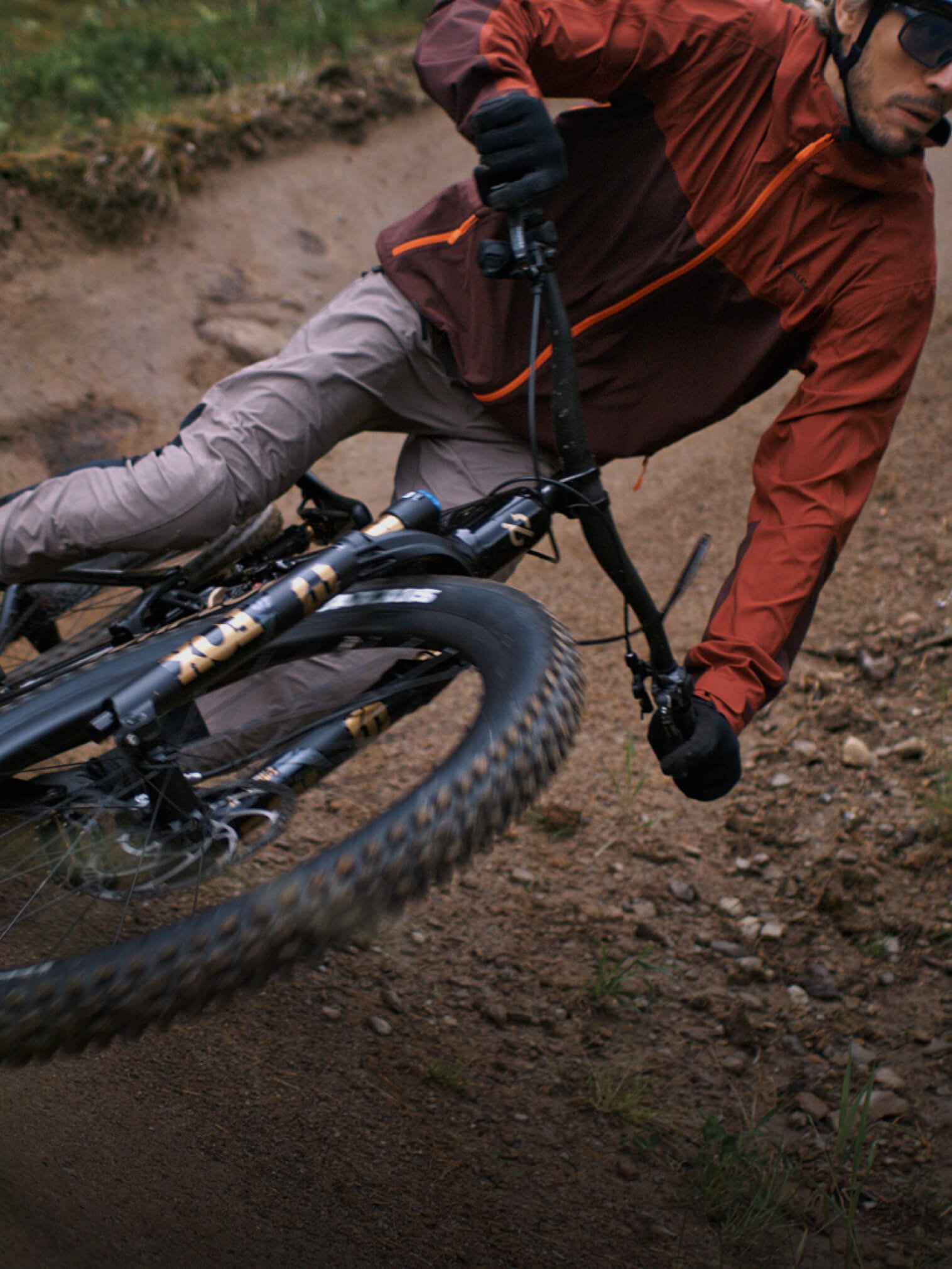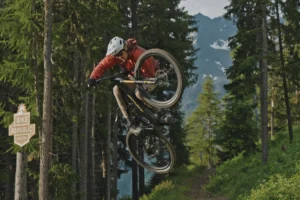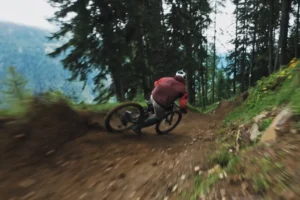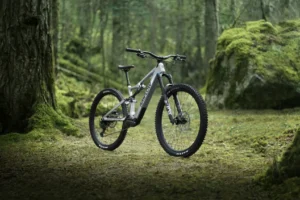Blog
A beginner’s guide to eMTB racing

Whether you’re a seasoned mountain biker looking for something new or a beginner intimidated by traditional racing, eMTB racing offers an exciting and accessible entry point. Since its debut at the 2019 UCI Electric Mountain Bike Championship, the sport has grown rapidly, fueled by its welcoming atmosphere and the continuous advancement of eMTB technology. amflow bikes
Global and local events are increasing yearly, with races often feeling more like a party than a competition. The community is inclusive, making it perfect for newcomers and experienced riders alike.
In this beginner’s guide, we’ll explore what eMTB racing is, its disciplines, essential gear, and how to prepare for your first race.

Understanding eMTB racing
So, what is eMTB racing? eMTB racing mirrors MTB racing in rules, courses, and gear, with the main difference being the use of electric mountain bikes. Riders must adhere to the EU EN15194 standard, which limits eMTBs to a max speed of 25kph, a motor size of ≤250w, and prohibits throttle-powered bikes. Battery size isn’t standardized, but e-Enduro races typically allow two batteries, while e-cross country permits one. Always check specific race rules for details.
As eMTB racing gains popularity, more disciplines and local events are emerging. Like traditional MTB racing, it offers various categories for riders to explore. With its growing mainstream appeal, expect more races and opportunities to participate in this evolving sport.

Enduro
Easily the most popular of the eMTB racing categories, E-Enduro (or EDR-E), follows a similar format to regular enduro racing, with a few small changes to showcase the power of the eMTBs.
Enduro racing is a series of several timed descents, also known as race stages, with untimed liaisons in between each stage. The liaisons often involve a climb to your next stage and while they are untimed, there is a time cut-off.
EDR-E races follow the same format, though some larger events will also include an uphill ‘power stage’ for racers to show off their climbing and technical abilities, as well as test the limits of their motors. They also have a scheduled battery change, as you are allowed to have two batteries to last you the duration of the course.
If EDR-E sounds like fun to you, you may be in luck! As it is a popular EMTB racing format, many local events are incorporating an e-bike category into their enduro events. These often follow the same course as the main enduro events.

Cross-country
Though not as prominent at a local level as EDR-E, E-cross country (or E-XC) was the first eMTB discipline to be raced at a world level, with the first event taking place at Sea Otter in 2016 and the first UCI electric mountain bike championship taking place in 2019.
Cross-country races take place on a taped circuit over varied terrain, often including uphills, downhills, singletrack and some jumps and drops. The courses tend to be from one and a half to three kilometres, though the number of laps will vary.
E-XC follows the same format as regular cross-country though some courses may be longer or more technical to pose more of a challenge to e-bikes.